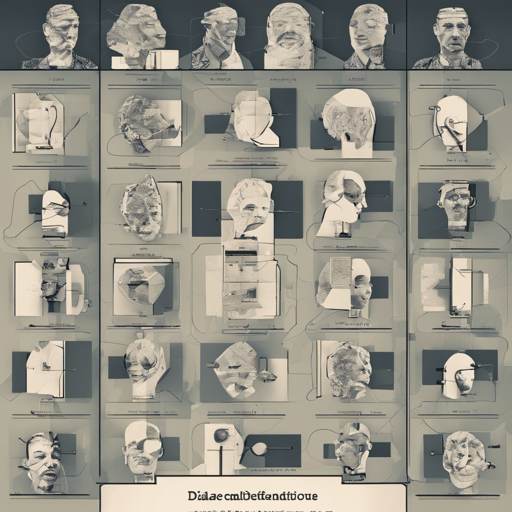In the evolving landscape of natural language processing, dialect identification stands as a significant challenge, especially in diverse language contexts like Arabic. This is where the CAMeLBERT-Mix DID MADAR Corpus6 Model makes its mark. In this guide, we’ll explore its functionalities, how to use it effectively, and troubleshoot common issues along the way.
Model Description
The CAMeLBERT-Mix DID MADAR Corpus6 Model is designed to efficiently identify dialects within the Arabic language by fine-tuning the well-regarded CAMeLBERT-Mix model. We utilized the MADAR Corpus 6, which contains six labels for dialects, to strengthen the model’s accuracy. Detailed insights into our fine-tuning procedures and hyperparameters can be found in our paper The Interplay of Variant, Size, and Task Type in Arabic Pre-trained Language Models.
Intended Uses
- Dialect identification for various NLP tasks.
- Integration into the transformers pipeline.
- Compatible with CAMeL Tools.
How to Use the CAMeLBERT-Mix DID Model
Using the CAMeLBERT-Mix model is straightforward. Let’s dive into this process step-by-step.
python
from transformers import pipeline
# Initialize the dialect identification pipeline
did = pipeline(text-classification, model='CAMeL-Lab/bert-base-arabic-camelbert-mix-did-madar6')
# Prepare sentences for classification
sentences = ['عامل ايه ؟', 'شلونك ؟ شخبارك ؟']
# Run the model on the sentences
results = did(sentences)
print(results)
Understanding the Pipeline
To help visualize, think of the CAMeLBERT-Mix model as a skilled linguist who is tasked with identifying the dialect spoken in various sentences. Imagine you have a collection of conversations, each representing different regions or cultures. The linguist, armed with extensive knowledge of dialects and expressions, analyzes each conversation, determining the origin based on specific characteristics (much like the model does through the optimization of its parameters and training on diverse datasets).
Troubleshooting
While using the CAMeLBERT-Mix model, you might encounter a few hiccups. Here are some common issues along with their solutions:
- Problem: Model not downloading.
Solution: Ensure you have the appropriate version of the transformers library (version 3.5.0 is required). - Problem: Model output seems incorrect or inconsistent.
Solution: Verify that your input sentences are written correctly in Arabic. Any typos or regional slang may confuse the model. - Problem: Installation issues.
Solution: Check your Python environment to ensure all dependencies are installed. You can also refer to the GitHub repository for guidance.
For more insights, updates, or to collaborate on AI development projects, stay connected with fxis.ai.
Conclusion
The CAMeLBERT-Mix DID MADAR Corpus6 Model is a powerful tool for anyone working with dialectal Arabic texts. Its implementation in the transformers pipeline makes it accessible for various applications. Remember, continuous improvement and understanding of the model’s strengths and limitations are key to achieving optimal results.
At fxis.ai, we believe that such advancements are crucial for the future of AI, as they enable more comprehensive and effective solutions. Our team is continually exploring new methodologies to push the envelope in artificial intelligence, ensuring that our clients benefit from the latest technological innovations.

